The New Back to School Shopping: Tips for Retailers

This year, “back to school” definitely doesn’t mean “back to normal.” Instead of getting ready for new classrooms and lunch with friends, students are gearing up for Zoom lessons and more time at home. For retailers, this summer’s end is bound to be a little (or a lot) different—but “different” doesn’t have to be a bad thing.
We’ll show you how the priorities of parents and educators are changing so you can pivot your marketing in these strange times.
The new school shopping list
Despite the wave of changes brought by COVID-19, back-to-school spending may actually reach record highs this year. Parents and teachers would rather be overprepared than underprepared when it comes to their students’ education and well-being.
However, in a time of online learning and homeschooling, back-to-school shoppers are budgeting for a significantly different list of supplies. To give you an idea of what they’re prioritizing, here’s what’s making it onto this year’s shopping lists (and what’s not).
What’s in
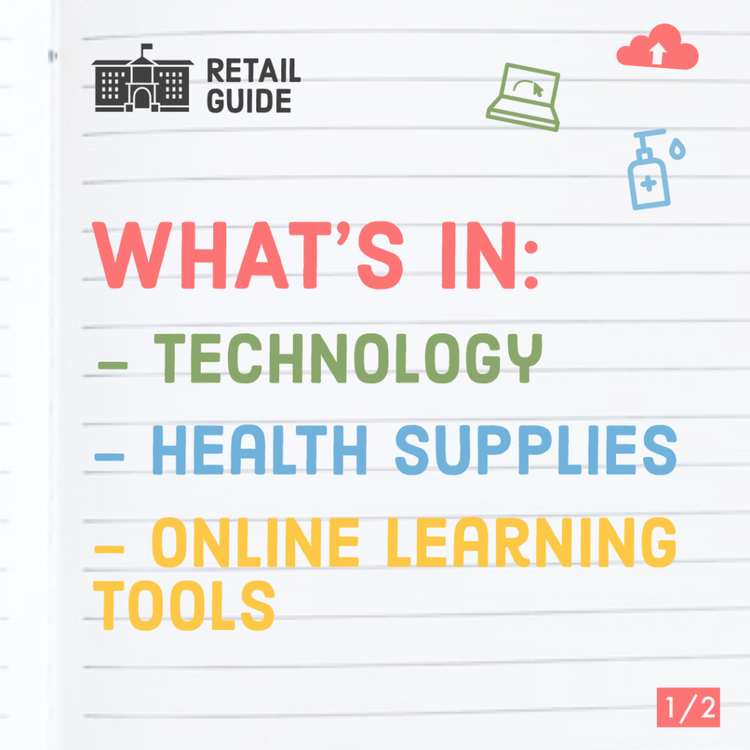
Students and teachers across the country are going digital and paying more attention to their health than ever. Retailers that recognize the demand for tech and wellness solutions may be able to thrive.
1. Technology
Laptops are the essential school supply of the season. Kids of all ages will be attending classes over Zoom calls and submitting homework online, while educators are creating lessons specifically for their screens.
Beyond laptops, shoppers may be spending on tablets, headphones, and speakers for a complete desk setup.
According to a Deloitte study, spending on technology and tech accessories is expected to increase by 28% this school year, showing how everyone is transitioning to an e-learning environment.
2. Online learning tools
Spending on online education has already been on an upward trend, but the pandemic may be pushing more back-to-school shoppers to invest in digital learning tools.
We’ve seen the demand ourselves, with students and teachers everywhere signing up for our free Adobe Express for Education tools. Ed tech is an absolute must for anyone who’s implementing distance learning—which is pretty much everyone.
3. Health supplies
COVID-19 is on all of our minds as students head into the new semester. Parents are adding health products—including hand sanitizer, masks, soap, and wipes—to their shopping lists to keep their households germ-free.
Health supply spending may be particularly important for parents with kids who are moving into dorms or entering socially distanced classrooms, where some interaction is unavoidable.
What’s out
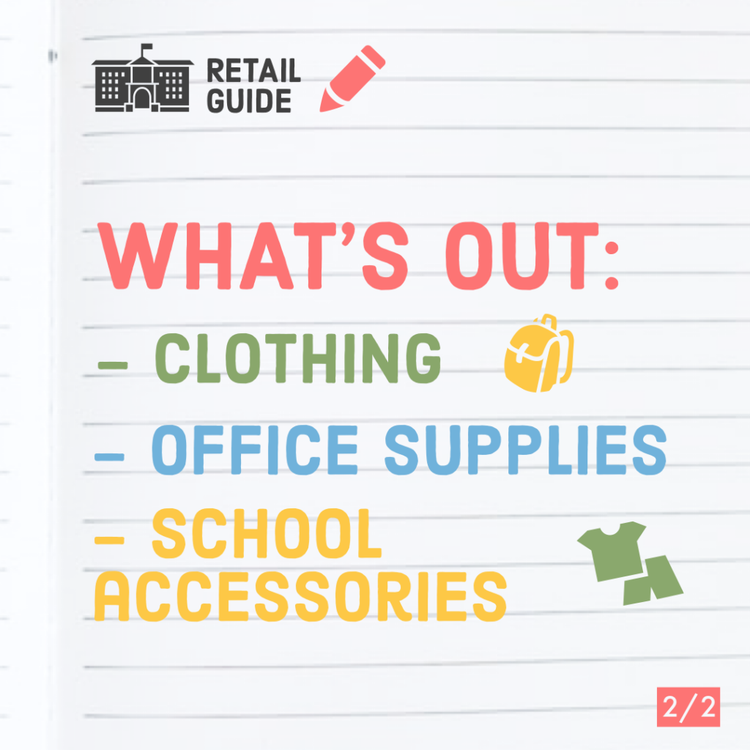
While home-based learning is pretty demanding in the technology sphere, it’s also reducing the need for a lot of traditional supplies. The Deloitte study found that spending in these three categories will drop by 17%:
1. Clothing
Let’s be honest: Day pajamas are our new uniforms. Just like all of us working from home, kids aren’t dressing up to go nowhere and teachers just need to look presentable from the shoulders up.
Planning first-day outfits is no longer a top priority, so pivoting your marketing away from a fashion focus may be a smart move.
2. Office supplies
From folders and notebooks to sticky notes and pens, office supplies aren’t really necessary for an e-learning environment, where assignments must be submitted online. With digital learning tools as a priority, demand for these physical supplies will naturally see a drop.
3. School accessories
Without a need to go from class to class or head to the cafeteria or breakroom, accessories like backpacks and lunchboxes are no longer necessary. Retailers may be better off focusing on organizational tools for storing supplies, instead of those built for carrying supplies around.
Marketing for a socially distanced semester
With the definition of “school supply” completely shifting, your marketing tactics need to make a shift, too—even if you do sell essential products.
These four tips will help your store stand out, attract customers, and meet your back-to-school sales goals through these challenging times.
1. Don’t continue as if it’s business as usual
The last thing you want to do is market like nothing is going on. An elephant in the room will hinder (not help) your marketing efforts. In order to effectively market your brand this back-to-school season, you need to share your message and story in the context of homeschooling, e-learning, and nationwide shutdowns.
JanSport is a great example of a brand that has excelled at this. Despite being known for its backpacks—for which sales are expected to drop—the company has kept its brand relevant to the conversation from the start.
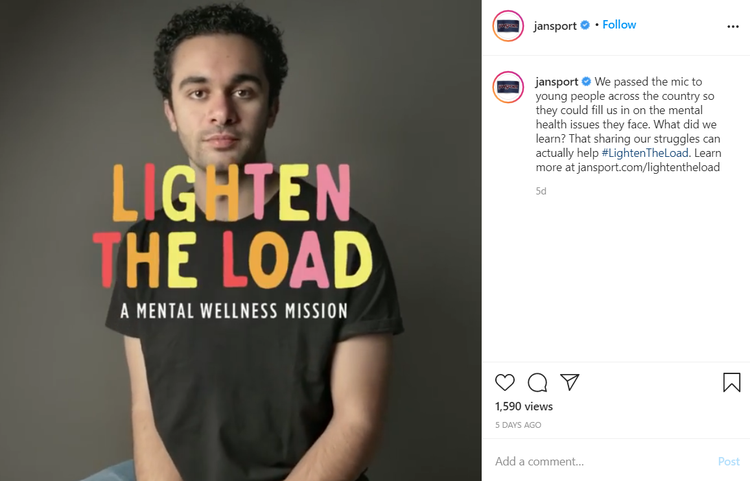
Instead of honing in on messaging about the end of summer and back-to-school needs, like it did in 2019, JanSport has launched a mental health campaign, highlighted DIY ideas, and even featured the Class of 2020. Each of these posts recognizes that students are spending more time at home (without plans to shift into in-person schooling) and facing new challenges.
Want some more inspiration? Our Adobe Express templates for COVID-19 can help you create visuals that shift your messaging for students, teachers, and parents who are facing a new home-based lifestyle.
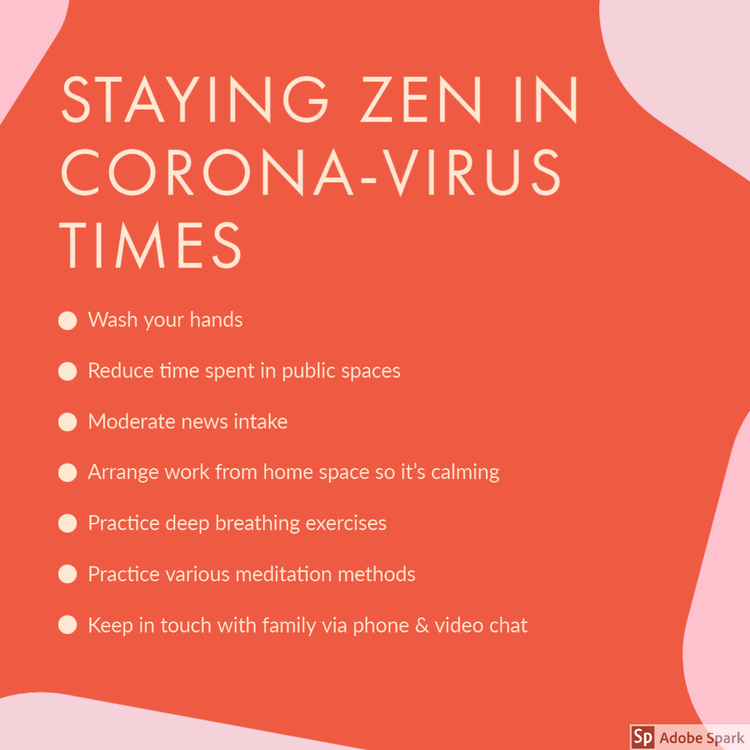
2. Show your value
Whether your store primarily sells non-essentials like clothes and crayons or essentials like the oh-so-glorified toilet paper, your brand has a place in students’ and teachers’ lives. All of your Facebook posts, blog posts, emails, and more just need to prove it.
One of the “places” that students and educators will be spending much of their day in is the virtual classroom. Consider the value of what you sell in the everyday world, then find unique ways to connect that value back to the virtual classroom. How is your brand uniquely suited to help back-to-school shoppers who are planning for an at-home e-learning environment?
For example:
- A hair salon can help students and teachers feel confident with the camera on in their virtual classrooms
- A grocery store can help parents prepare healthy meals for students who won’t have access to the cafeteria
Once you’ve listed out a few ways that your products or services can connect back to the virtual classroom or be a supplemental resource for at-home learning, update your back-to-school marketing collateral to reflect them.
In the home
School life is going to be intertwined with home life. Because of this, retailers can benefit by showing how their brand can help parents, students, and teachers maintain a school-life balance.
You may ask yourself the following helpful questions:
- Can my products or services be used in any DIY projects?
- Can I help teachers and parents physically keep school and life separate?
- Can my products or services enhance the benefits of online learning after school?
- Can my company help home life feel different when school is over?
Parents and teachers want to know that your brand can help them and their families adjust to a new lifestyle and make the days less of a blur. When you can prove that you can keep kids’ minds busy or keep the home a warm, stress-free place, you can more easily win your customers over.
Beyond the challenges that come with online schooling, you can also speak to the hurdles faced by consumers who are unable to homeschool. In the home, these parents and teachers may be more concerned about keeping their work supplies separated and sanitized, so their families can stay safe. These consumers may also be looking for affordable, safe childcare options.
This tweet from The Container Store is a great example of how brands can show their value for the home:
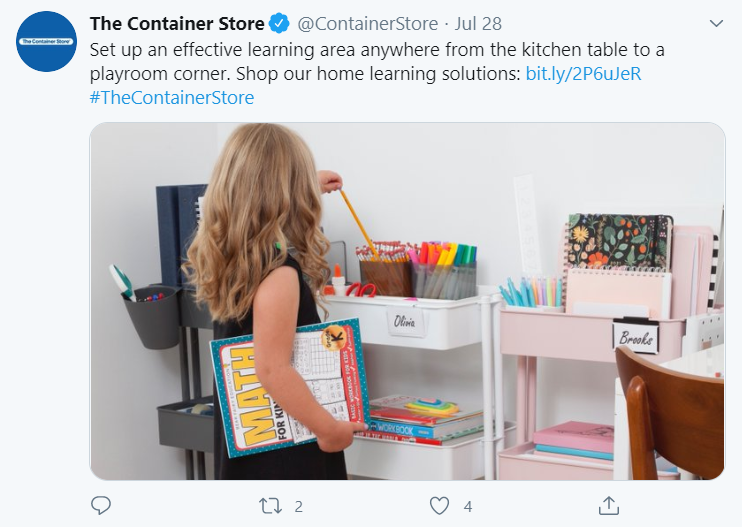
Through this tweet, the company shows how its product can keep school supplies organized and available, but still separate from the more relaxing environment of the home.
3. Address health concerns
Not every student and teacher will be able to stay at home when school is back in session. College students are still moving into dorms, while select students and teachers are returning to hybrid or physically distanced classrooms. Naturally, the majority of parents report being anxious about the return to school.
As a retailer, you have a chance to stand out by addressing these concerns head-on and giving your consumers peace of mind.
You may consider sharing:
- How your products can keep students and teachers safe
- How to properly clean relevant products (backpacks, laptops, bedding, etc.) to prevent COVID-19
- What precautions your employees are taking while packing and delivering supplies
- General college dorm or classroom safety tips, tied back to your brand
The dorm essentials page on Kohls.com does this subtly but effectively by suggesting face mask and hand sanitizer products for any parents and students shopping for an upcoming move-in.
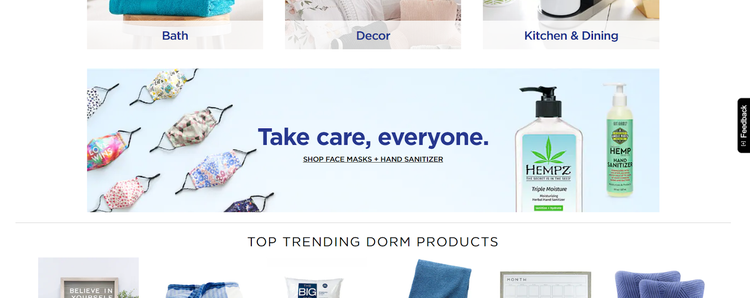
On the flip side, you can also release a full statement about your action steps like Pottery Barn did on its dorm-focused Instagram page.
If you have a physical retail store that’s open (for pickups or for regular shopping), it’s also important for you to express how your company will keep back-to-school shoppers safe.
You can use Adobe Express webpage templates to create an organized, thorough resource for your customers about the precautions you’re taking in your brick-and-mortar store to prevent the spread of COVID-19. Once created, you can link back to it in any relevant marketing materials you’re sending out to teachers, parents, and your general customer base.
4. Gear toward online shoppers
In addition to the change in what consumers are shopping for, there’s also a change in how consumers are shopping. With a global pandemic and a global recession happening all at once, parents and teachers are getting smarter about how they shop.
Deloitte’s study found that online back-to-school sales are expected to increase by over $2 billion, while in-store shoppers are browsing online to make decisions and reduce trips. This means that digital-first shoppers should be central to your target audience before the return to school.
In order to successfully reach and convert online shoppers, here are two tactics you can use:
Prioritize social media

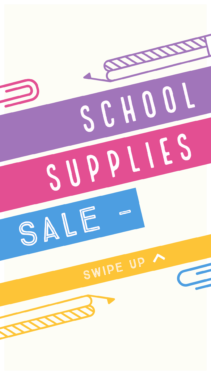
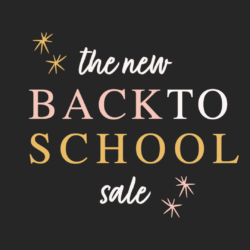
See more sales templates for social media!
With about half of all U.S. adults using social media more frequently since the start of the COVID-19 pandemic, these digital platforms present a huge opportunity for you.
Your organic posts can reach more customers than ever, especially when your messaging is relevant to the situation at hand. Use the Brandify feature to pair your favorite Adobe Express templates with your brand’s look and feel, all while directing back-to-school shoppers to your online store and reducing physical contact.
Now is also a great time to go beyond organic posts and invest in paid social media ads if you haven’t already. The rise in social media usage means your ROI can be greater than before.
Social ads allow you to target consumers based on highly specific characteristics, including their job title (for example, “teacher”) and their interests. You can even create retargeted ads for the online shoppers who already visited your website, encouraging them to check out, even if they didn’t before.
Simplify the online shopping process
Your audience may be ready to spend, but if finishing the shopping process takes too much work, they might end up abandoning their carts before they even truly begin.
Setting up an Instagram Shop and Facebook Shop can help you greatly reduce the amount of steps it takes for social media users to check out. When you upload your catalog, customers don’t even have to visit your website to see what you have to sell—all they need to do is browse the shop on your profile.
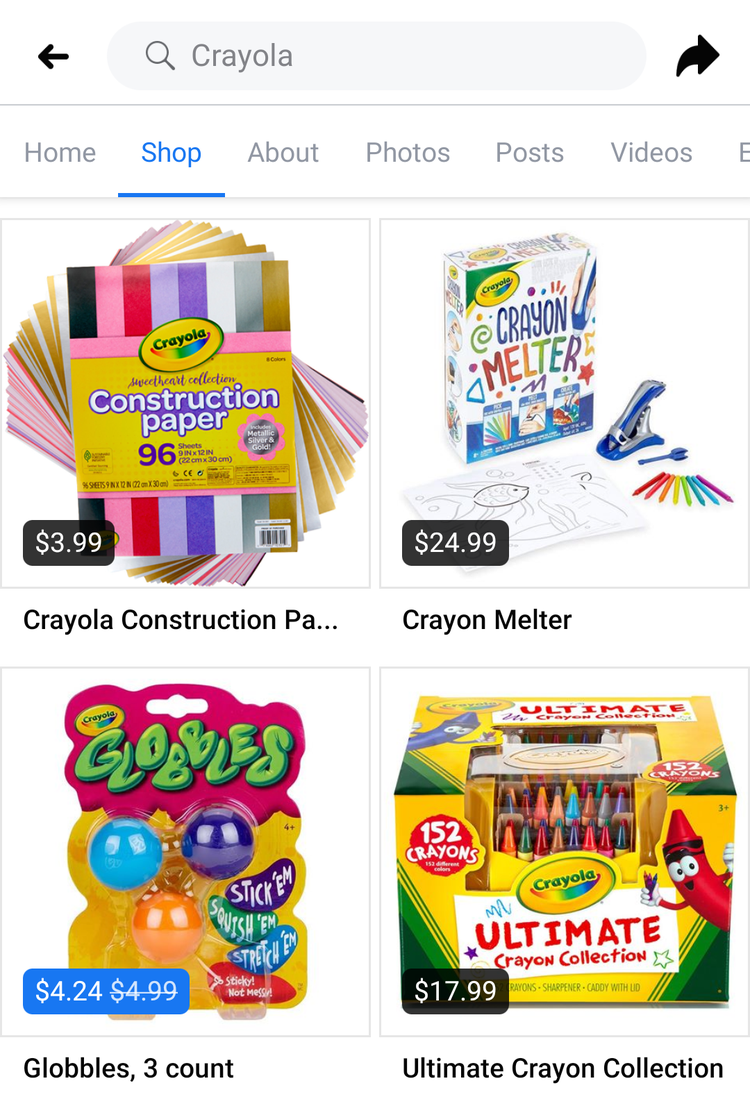
Facebook Shop and Instagram Shop further simplify the shopping process by enabling users to check out directly on the platform or directing them to the exact product page on your site. The exact setting is up to you.
Once you’re approved for the Instagram Shop feature, you can further help parents and teachers choose you by adding product tags directly on your posts.
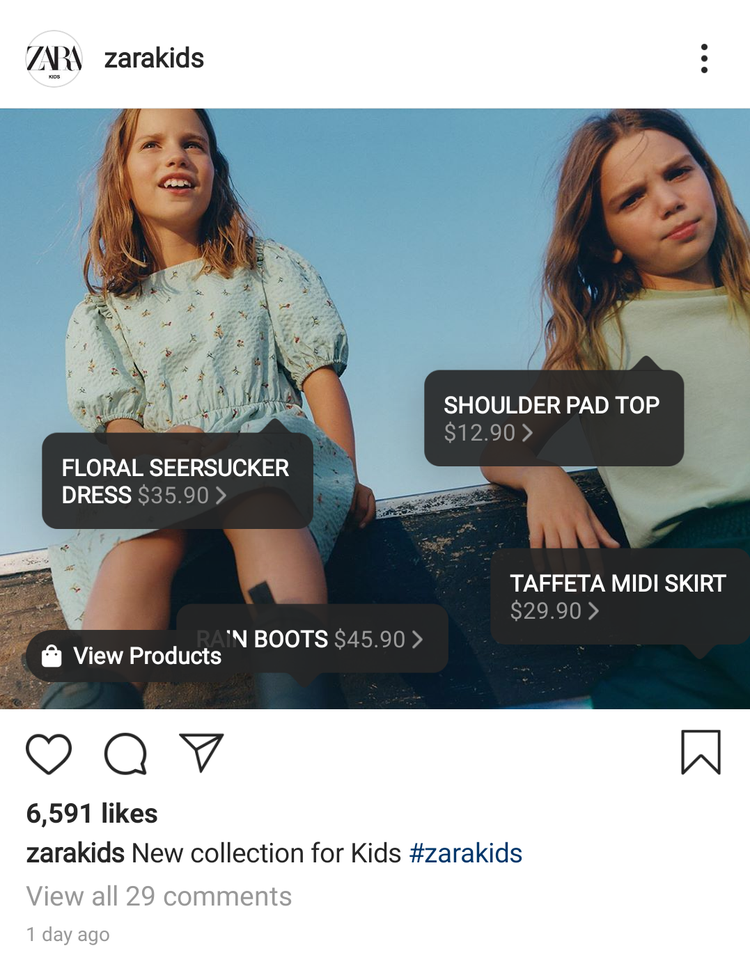
With product tags, your customers won’t even have to browse your catalog to shop. When they see something they want to purchase, they can simply tap, add the product to their carts, and start checking out.
For parents and teachers who are shopping and checking out directly on your website, don’t forget to simplify your checkout process there, too. Setting up a one-page checkout—one that’s mobile-friendly, of course—can help you reduce cart abandonment and land every potential sale.
Keep your team and your customers safe
As you’re implementing our tips, make sure to get your two months free on Adobe Express to access thousands of beautiful on-brand templates for social media, your website, and much more that will help you keep back-to-school shoppers more engaged than ever.